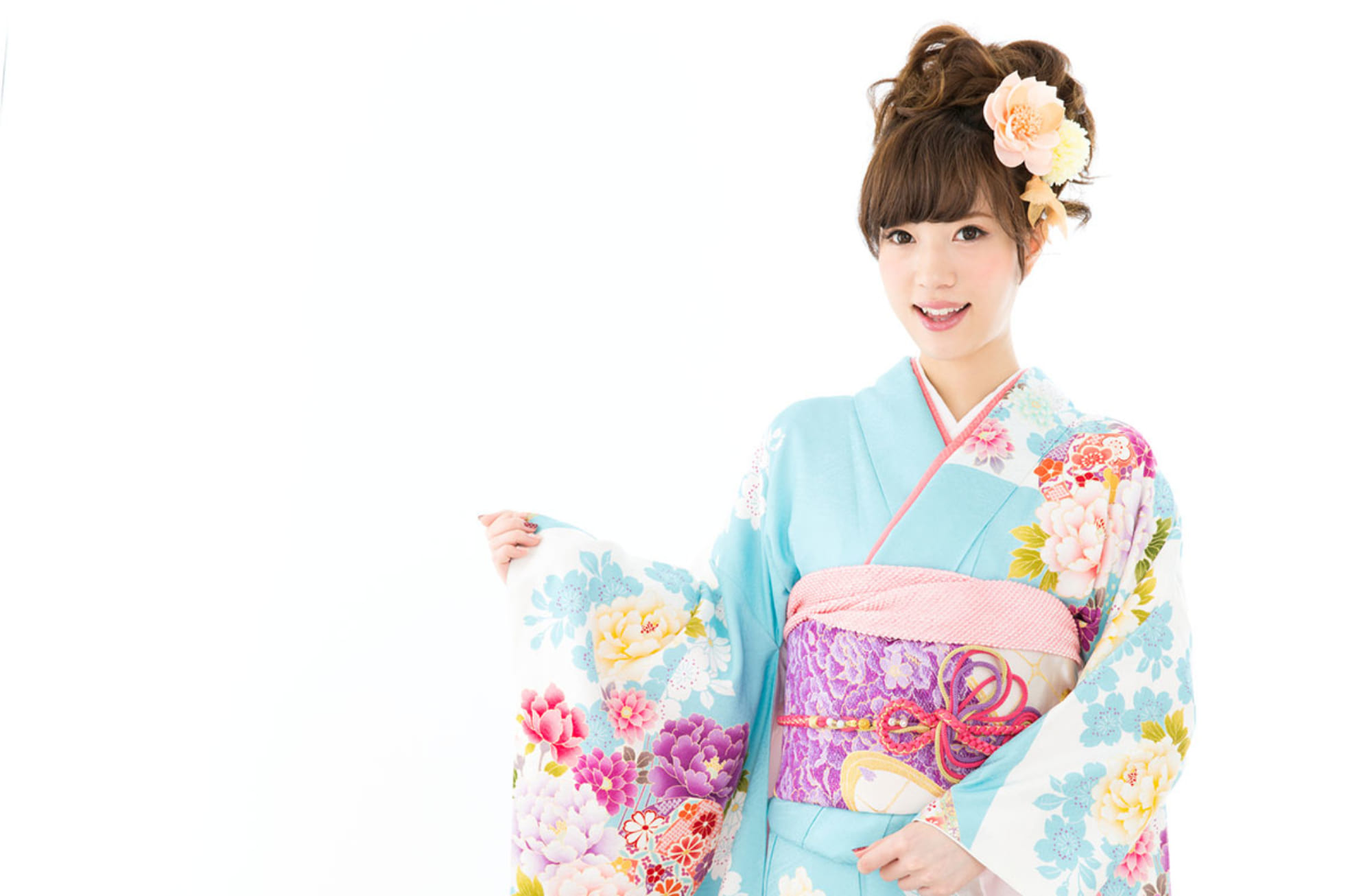Kata zome ( stencil dyeing )
A stencil dyeing method using paper stencils or dyeing stencils. An item believed to be a wooden stencil was found in Shosoin in Nara, which was along the Silk Road. During the age of the samurai, Japanese paper stencils became popular, and this stencil dyeing method continues to be used to dye komon.
Besides komon, stencil dyeing is known to be used to produce bingata in Okinawa, chintz with prints of plants and animals found on the Silk Road and kata yuzen in Kyoto.
Kata yuzen dyeing was developed during the Meiji era for mass production purposes when the class system was abolished, and the production of hand-painted kimonos was unable to keep up with the demands of the common people. Multiple colors and stencils are used in the kata yuzen technique, and the import of chemical dyes meant colored glue could be used for mass production. A method was developed to print muslin yuzen using machines and mass production begun during the Meiji era. During the Taisho and Showa periods, the printing method was the center of the dyeing industry in Kyoto. Magnificent kata yuzen were made using hundreds of colors and paper stencils.
[quote style=”boxed”]In Japanese
型染め
型紙や染め型を使う染色の技法で、古くは木型と思われるものがシルクロードを経て奈良の正倉院にも残ります。武士の時代になって日本固有の和紙の型が伊勢と京都で盛んになり、その型染めの技法は現在の小紋に引き継がれています。小紋のほかに、琉球の紅型、インドやシルクロード起源の植物や動物を文様にした更紗、京都の型友禅などが知られます。
型友禅は、身分制度がなくなった明治以降に、手描きと刷毛の着物では生産が間に合わない庶民の需要に応えるため、型友禅の技法により量産されるようになりました。型友禅の技法は多色で多数の型紙を使っており、化学染料の輸入が始まって可能になった色糊・写し糊が技法として完成したことが量産につながりました。この頃の輸入の薄手の毛織物のモスリン友禅は、機械捺染へと発展し明治の大量生産が始まります。大正・昭和には捺染の技法が京都の染色の中心ともなり、色数も型紙も百枚以上使うような華麗な型友禅も出現しました。
[/quote]
